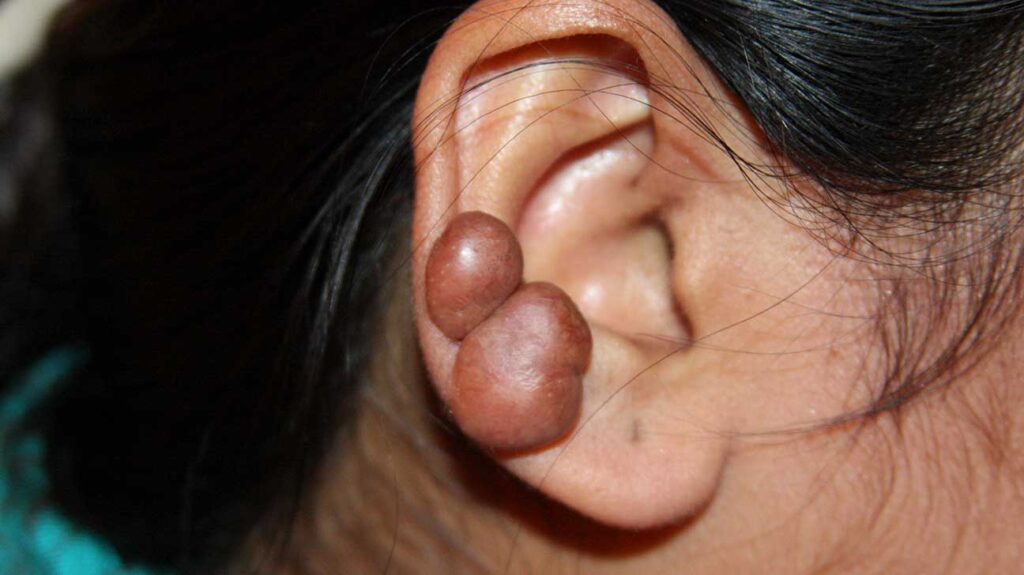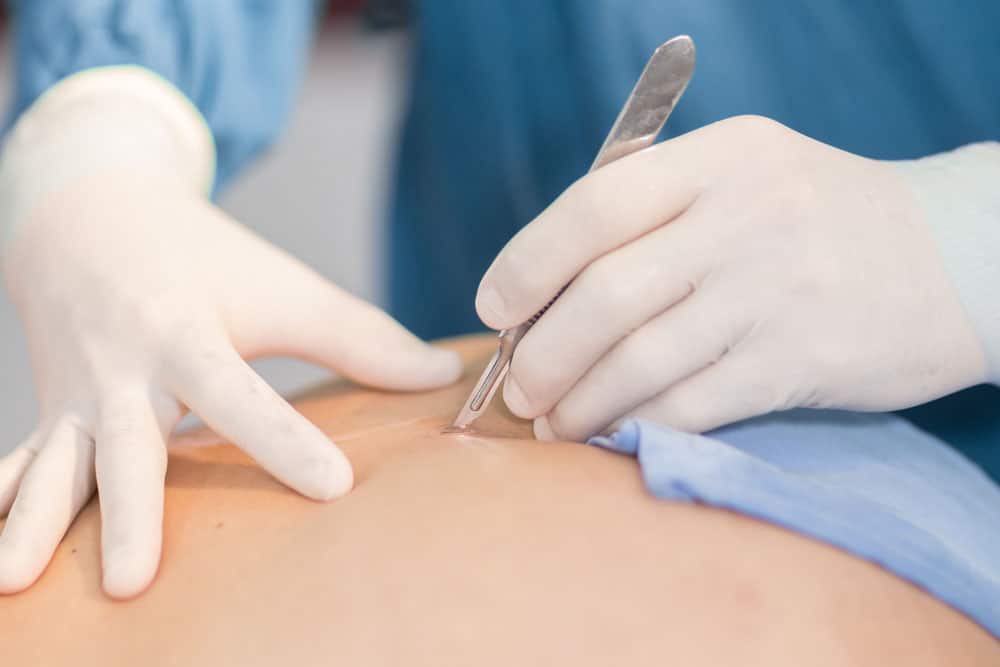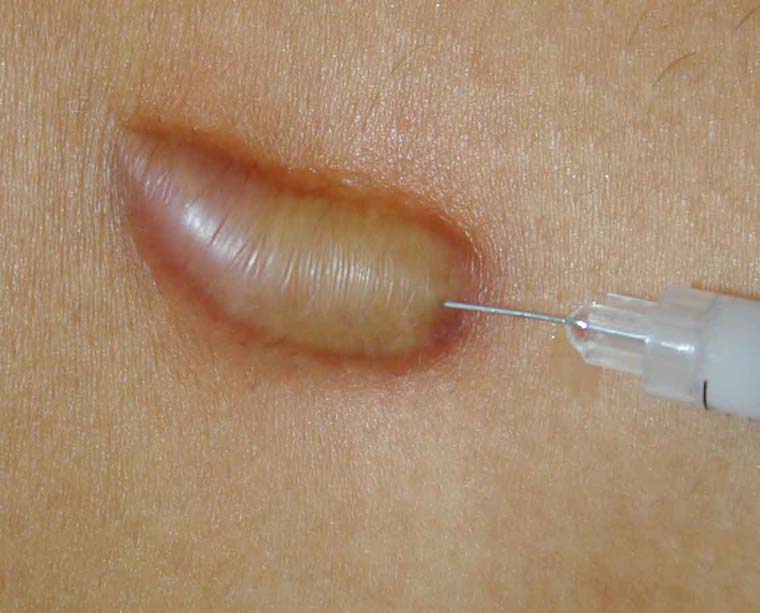Any type of skin injury can result in scarring. Scarring is more likely in larger and deeper injuries, especially when there is severe or continuous inflammation, but even tiny blemishes can result in disproportionately severe scarring.
Scars not only remind you of what you went through, but may also make you miserable with your skin and lower your confidence. Hence patients often seek effective scar removal treatments to minimize the appearance of their scars. "Scar removal Singapore" and "scar treatment Singapore" are two of the most popular search terms used by patients visiting our clinic.
Scarring can occur in many forms and may encompass:
When patients search for scar removal treatment in Singapore, they could be seeking to improve any or all of the above types of scarring, as these various types of scarring often occur together in combination. Different types of scarring respond differently to various scar removal treatments so it is crucial to identify the type of scarring accurately to determine the best approach.

Atrophic scars reflect poor healing with inadequate collagen deposition after tissue destruction or excessive inflammation. They can originate from acne, chicken pox, herpes zoster or procedures such as mole or wart removal. Various types of atrophic scars such as pick, box or rolling scars can occur. The optimal scar removal treatment strategy would depend on the size, configuration and number of these scars, involving a combination of energy-based devices and procedures such as subcision or TCA CROSS. Patients most often seek treatment for atrophic acne scar removal in Singapore.
Brown scars or post-inflammatory hyperpigmentation can result from acne, insect bites or inflammatory skin conditions such as eczema or psoriasis. These unsightly brown marks, while not true scars, often cause much distress to patients as they sometimes persist for years. Brown scars usually respond well to scar removal treatment with pigmentation lasers with obvious visible improvement, provided the right lasers and treatments are used together with a holistic approach.

Red marks or post-inflammatory erythema can stay on the skin for a long time after the initial pimple or skin inflammation subsides. These represent persistent excessive skin inflammation that may progress to atrophic or hypertrophic scarring.
Depending on the appearance and likelihood of progression to atrophic or hypertrophic scarring, fractional energy devices or vascular lasers can be used.
Hypertrophic or keloid scars are raised scar growths that result from over-exuberant healing and excessive collagen deposition. This is usually in response to skin injuries such as ear piercings, acne, injuries, or surgery e.g. caesarean section, or even cosmetic surgery such as nose jobs or double eyelid surgery.
Hypertrophic and keloid scars are difficult to treat with high recurrence rates and often slow response. Patients that seek treatment have often been dealing with their steroids for many years. Steroid injections, with their attendant risks, would often be the default and sometimes only hypertrophic or keloid scar removal option offered by many doctors in Singapore. Newer treatment strategies combining advanced surgical or laser techniques with injectibles may offer some hope.


Surgery or lacerations produce full thickness wounds and will definitely result in scarring despite wound closure with stitches. It is critical to adhere to plastic surgical techniques such as layered closure during the suturing of the wounds to ensure the best possible outcome. However, this may not always have been done, and even if it had been done, suture scars may sometimes still not turn out well.
Lasers and scar revision techniques can improve the appearance of surgical scars.
Dr Wan uses a combination approach of these various evidence-based options to properly tailor the best possible scar removal treatments for you and your unique skin condition.
Lasers and other energy devices are often the first things that come to patients' minds when it comes to treating scarring. Dermatologists, plastic surgeons, and medical aesthetics doctors have also come to rely (sometimes too heavily) on laser scar removal treatments. When we talk about treatment with lasers and energy devices, it is helpful to divide them based on their effects on the skin:
These can range from minimally invasive procedures to more invasive surgery, such as:
With these more invasive scar removal treatments, it is important to be extra careful because the more aggressive the treatment, the higher the risks of complications in general. Hence it is important that your doctor have experience with these treatments, their effects and possible complications.


Injectible scar removal treatments can be used alone during the healing phase of a wound, to treat scarred skin or combined together with laser therapy. Some examples include:
By themselves, topical treatments may not have as significant effects as less invasive treatments but they are an essential part of treating scars. Topical treatment is typically combined with other scar removal treatments but they can sometimes be used alone to prevent scarring or improve the appearance of minor scars. Silicone gels, vitamin derivatives like retinoids, and steroids are all examples of topical scar removal treatments.

Dr Wan treats a wide range of patients seeking scar removal treatment in Singapore. Scar removal treatment is a highly heterogeneous topic because scars appear in a wide range of shapes, sizes, colors, and configurations. As a result, prescribing a single "best" strategy for treating or removing scars is difficult. Claims that the latest and greatest laser or cream will magically remove your scars should be treated with skepticism.
Dr. Wan believes that a multi-faceted approach is required for effective scar removal treatments. Scars are complex and varied, so there is no one-size-fits-all treatment. A truly effective treatment protocol can be designed only after a thorough examination of a patient's condition and using a multimodal approach.
Scar removal treatment is challenging, and while it is possible to significantly improve the appearance of scars, it is important to recognize that they may not always react as expected to treatment. Scars may not respond, or sometimes even worsen. This may be due to over-aggressive treatment or simply inherently poor skin healing. It takes experience and familiarity with a wide range of treatments to properly devise a treatment strategy that has the best chance of success.
Like many things in life, prevention is better than cure, and tackling scarring early usually yields better results than trying to remove a scar that has been present for years.
Scar removal treatment remains a field in which better solutions are sorely needed. During his rotations in plastic surgery departments in Singapore, Dr. Wan was inspired by the spirit of innovation and attention to detail exemplified by the plastic surgery discipline which has always been at the forefront of medical creativity. Dr. Wan aspires to the same ingenuity in his practice of medical aesthetics. He is constantly thinking about and developing creative new ways to treat scars based on time-tested basic principles and the latest research findings.

FOUNDER / MEDICAL DIRECTOR
Address:
1Aesthetics, Medical & Surgery
#14-90 The Central Tower 1
8 Eu Tong Sen Street
Singapore 059818
Mon-Fri 9 AM to 7 PM
Sat 9 AM to 3 PM
Phone / WhatsApp:
+65 66125173 / +65 84899962
Email:
[email protected]